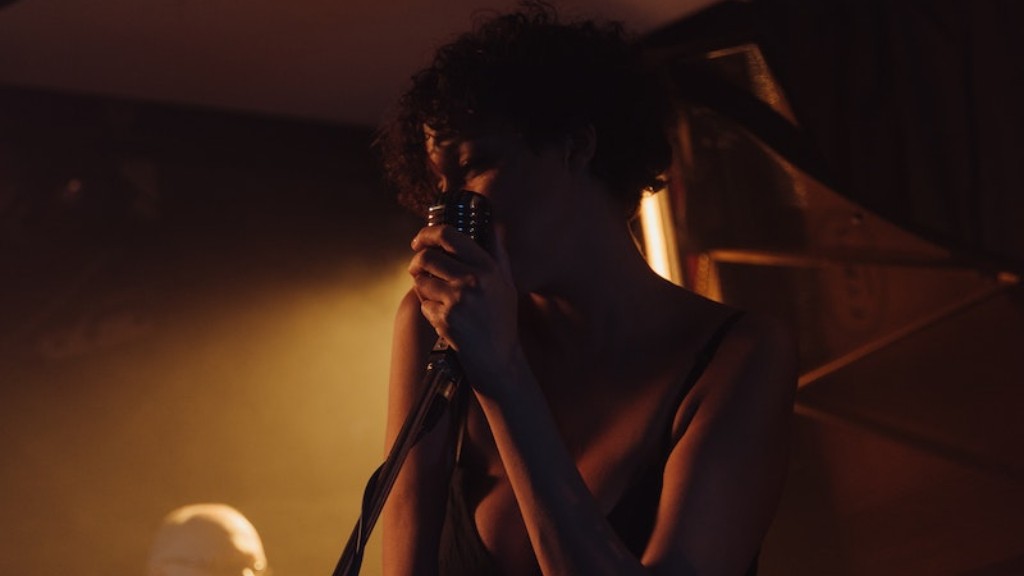If you’ve ever been inspired by a flower and wanted to recreate it on paper, then you’ll love learning how to draw petals. Drawing petals is one of the most beautiful, enjoyable, and rewarding artistic endeavors around. Drawing petals can be an incredibly satisfying experience, and it doesn’t have to be a daunting task for even a novice artist. Whether you just want to draw a pretty flower or you’re striving for an artistic masterpiece, below are some tips and tricks to help you draw petals better and more realistically.
Start by analyzing the petals, so you can draw them in the right shapes and sizes. Take empty notes and draw circles to represent the parts of the petal and the size of each one. You can also focus on the shape of the petal on the inside and outside, pay attention to its pearlescent finish and the small details, such as the veins and other subtle features. You need to capture all these details to get a realistic, not to mention beautiful, result.
To make your petals look even more realistic, use shading. Use techniques like hatching, stippling, or cross-hatching to create the shadowing. This will give your petals more depth, making them look much more lifelike. Shadowing is not only used for the petals, but can also be used for leaves and other parts of flowers. If you’d like, you can also add shadowing to the background and make a poem in your flowers and leaves aglow.
When penciling in petals, choose between light and dark lines and blend them together. You can use varying shades of green to make it easier to distinguish the lines and to create the illusion of three dimensions. To do this, you’ll need to look at the texture of the petals and then draw it accordingly. To achieve a soft, airy look, you must use curved, light lines when drawing petals.
Experiment with different coloring methods, as this can change the results dramatically. You may find that one technique looks better than another. Just like with the penciling, use different shades of green to give the effect of depth. You can also use vibrant colors, such as pink and purple, to add personality to your drawings.
Drawing the stamens, pistils, and the other center parts of the flowers are just as important as drawing the petals. Take the time to draw the stamens and the pistils, and you can make something truly amazing. If possible, add a bit of color to these parts to make them stand out against the petals, as it will add more detail and realism to your drawing. And, don’t forget the veins – adding veins throughout the petals brings realism and movement to a flower.
Finally, it’s important to practice, practice, practice. Drawing petals takes time and skill, but if you keep at it, you’ll eventually master the art. It’s all about finding the right techniques and practicing them to find the best result. When you get it right, you’ll feel the satisfaction and pride of a flower artist.
Before embarking on the journey, you need to be aware of the tools you’ll need. The main one is paper – use quality, smooth paper that won’t bleed your pencil marks. Pencils come in all shapes and sizes, but the two you’ll need are soft (Δ 2B) and hard (H) pencils. Finally, you’ll need other supplies such as erasers, rulers, markers, colored pencils, and even paint. Get ready to create beautiful petals!
Drawing petals is a fun hobby that anyone can do – all you need is some practice and the right tools. It may seem daunting at first, but when you take the right steps and see the results, you’ll be proud of the outcome. Just study the petal shapes and sizes, analyze the shadows and highlights, and practice, practice, practice. Soon enough, you’ll master the art of drawing petals and bring beauty to the world.

